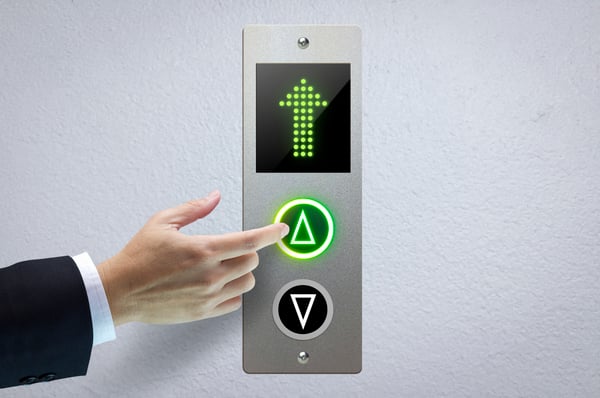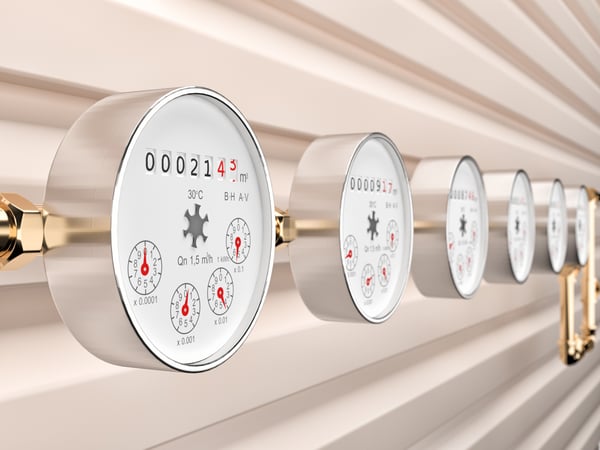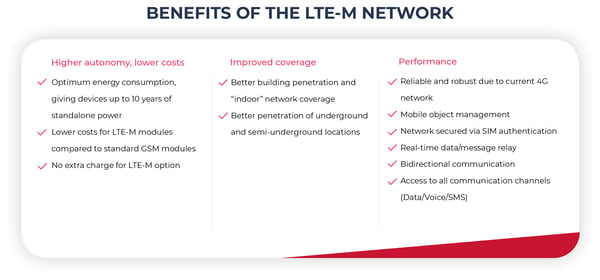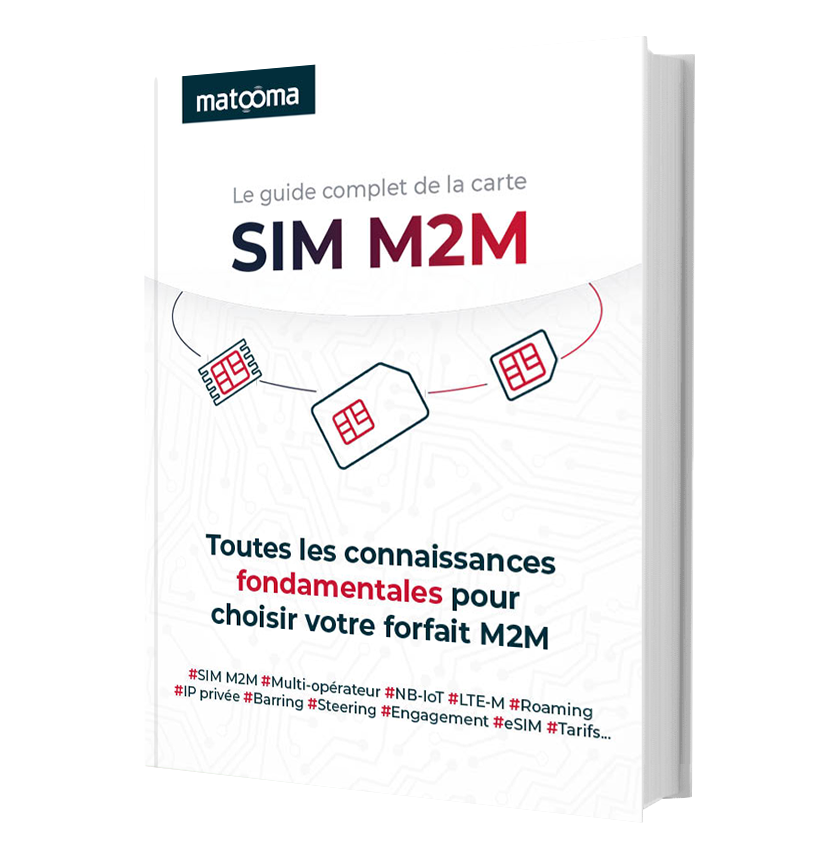Where is LTE-M technology best for use? (Clone)

LTE-M is the newest technology to hit the M2M market. An extension of the 4G network and published as a standard by 3GPP, it was designed by telecoms operators as a way of improving the performance of low-power smart objects, placing it alongside Sigfox and LoRa in the LPWA (Low-Power Wide-Area) market sector.
Offering lower costs, improved coverage, better battery life (remote management without requiring a power supply), and coverage in indoor, underground or semi-underground locations, there are several advantages to using LTE-M that mean project leads and manufacturers can benefit from smart objects with longer battery lives, whilst also maintaining a high level of performance.
Here are 4 specific instances where using LTE-M could prove particularly advantageous:
I/ Logistics (fleet or goods management)

Logistics is a great first example. Goods transporters are always on the road, so it’s important to consider mobility when choosing smart devices to be fitted in lorries. The LTE-M network is fully-equipped to manage hand-overs, and objects on the move. Thanks to the extensive coverage it provides, it’s strong enough for smart objects to regularly relay data to warehouses. This means they can always be used to geolocate goods, even while they’re on the move, and still maintain an excellent battery life.
II/ Personal and property security (smart lifts)

For this one, imagine that your smart object is a device fitted in a lift. Imagine that someone is taking the lift down to level -1, when it gets stuck. As bad luck would have it, their telephone can’t find a network to connect to, your smart device is also having difficulties connecting, and – to top it all off – even when the device does connect, the person stuck in the lift can’t actually talk to the lift monitoring centre...
Happily, LTE-M means this sort of distressing situation would never happen. The LTE-M network offers improved radio wave penetration, meaning that objects located underground or indoors have access to a strong, reliable network. What is more, it also offers access to all communication channels (Data, Voice, SMS), meaning that if you choose LTE-M for your smart device, anyone stuck in your lift can send a message or talk directly to a real person in the remote monitoring centre.
LTE-M also offers an effective solution to the phase-out of RTC in confined spaces, and joins the range of GSM solutions currently available.
III/ Water meter management

If you specialise in water meter management, then you have a whole other issue to deal with. As you’ll know, water meters are generally installed two meters below ground level. In addition to it often being tricky to connect to a network at that depth, this also makes them difficult to access. Your smart object’s reliability and standalone power will therefore be two top priorities for you. Once again, LTE-M offers an effective solution.
In terms of battery life, this technology has a PSM (Power Save Mode) which means your object can go into a scheduled hibernation period to save on battery life, whilst still keeping the network updated with its status. In other words, even when your object is in sleep mode, you’ll still be able to access its data at any time. That means lower costs for you and lower energy consumption for your device, with the LTE-M network extending your object’s battery life to up to 10 years. And that’s not all – thanks to the bidirectional data streams, you can even remotely update your meters if you need to.
IV/ People Tracking
![]()
Let’s think about keeping an eye on older people for this one. Your grandma is 85 years old and lives alone, with only her cat for company. If she were to fall in her garden, garage, or basement, it’s crucial that her smart device can connect to a network and she can contact the nearest monitoring centre. LTE-M will also enable smart objects to operate independently for a decade or so, benefit from improved coverage, and offer access to all existing communication channels (data, SMS, voice).

Check out Matooma’s LTE-M range
Some points to remember:
As we’re sure you’ve gathered, LTE-M technology allows your smart object to benefit from all the advantages of Low-Power Wide-Area Networks (LPWAN) – longer battery life, lower costs, and improved coverage – whilst also maintaining excellent technical performance: hand-over management, very low latency and long-term network security. It’s a solution which can be used in response to complex network, mobility and data type-related issues, and is ideally suited for use in the following sectors:
- Transport and logistics
- Wearable technology, e.g. GPS wristbands for children or older people
- Emergency equipment
- Smart Grids
If you found this useful, head over to our blog for more articles.

27 pages de conseils concrets
Pour tout comprendre sur la carte SIM M2M
Télécharger le guide gratuitementNewsletter IoT
Recevez des pépites IoT croustillantes directement dans votre boîte mail
Je souhaite rejoindre la communauté Matooma et recevoir des pépites IoT croustillantes dans ma boîte mail. Vous pouvez vous désabonner à tout moment, pour en savoir plus, consultez notre Politique de confidentialité
Sujets populaires
